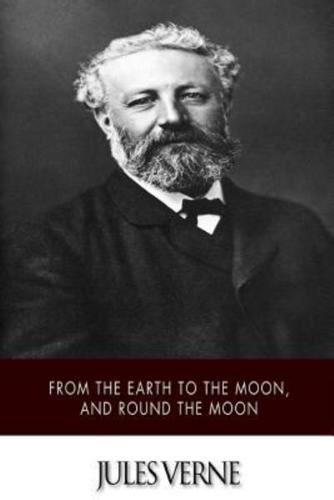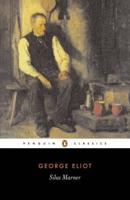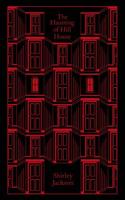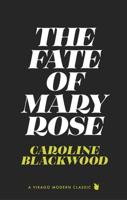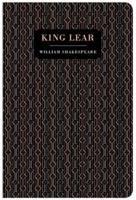Publisher's Synopsis
Jules Verne (1828-1905) is one of the most recognizable names in Western literature, coming to be known as one of the Fathers of Science-Fiction. Although he studied to be a lawyer and held stock trading jobs, he quickly learned that he had a knack for weaving adventurous stories of travels and expeditions. It didn't hurt that one of his teachers may have been inventor Brutus de Villeroi, who created the first submarine for the U.S. Navy. Verne wrote about air travel and space travel 50 years before either was possible. One of his most famous works is From the Earth to the Moon, and its sequel Round the Moon, both classic sci-fi adventure novels. The books tell the story of the president of a post-American Civil War gun club in Baltimore, his rival, a Philadelphia maker of armor, and a Frenchman, who build an enormous sky-facing Columbiad space gun and launch themselves in a spacecraft toward the Moon. The sequel discusses the dangerous adventure from the Moon and the difficulties in getting back to Earth alive. Verne's story is told in a humorous style, but as he did with his other works, he peppers in a lot of science and math. Written nearly 100 years before Apollo 11 landed men on the Moon, one of the interesting aspects of his books is comparing and contrasting the books to actual space travel. Some of Verne's math was very realistic, as were his descriptions of orbit and gravity. The books are some of Verne's most acclaimed works, and they continue to be a popular classic today.
